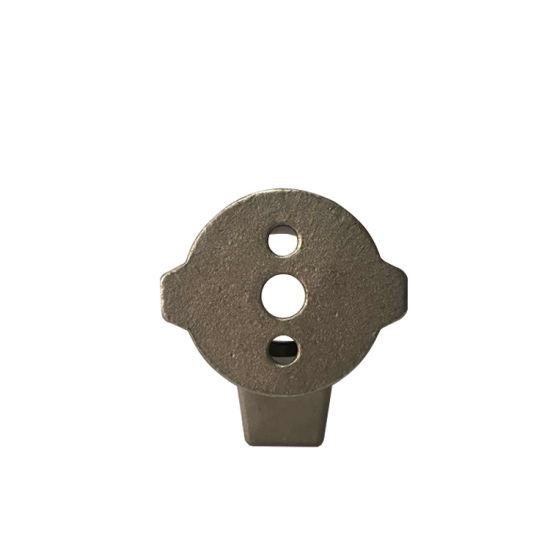Precision investment casting, also known as lost wax casting, is a fabrication process that has been used for centuries to manufacture intricate metal components with high accuracy and uniformity. This process involves pouring molten metal into a pre-made mold, which is then allowed to solidify and cool before being removed. Nowadays, there are different variations of this process, including the use of silica sol as a binding agent. In this blog post, we will discuss the benefits of using silica sol investment casting and how it can improve the quality of steel castings.

What is Silica Sol Investment Casting?
Silica sol investment casting is a type of precision casting that uses a water-based colloidal silica binder as the molding material instead of wax. This process involves creating a wax mold, which is then coated with a ceramic shell made up of multiple layers of ceramic material. The ceramic shell is then heated, which causes the wax to melt, leaving a cavity in the shape of the part to be cast. Molten steel is then poured into the cavity, filling up the mold. After the steel has cooled and solidified, the ceramic shell is broken away, leaving behind a high-quality, uniform casting.
Why Use Silica Sol Investment Casting?
Silica sol investment casting has several advantages over traditional investment casting methods. First and foremost, the use of silica sol allows for greater dimensional accuracy and surface finish. This is because the smaller size of the silica particles allows for a more precise deposition of the ceramic coating, resulting in a thinner and smoother shell. Additionally, the use of silica sol minimizes the formation of defects such as shrinkage, porosity, and cracking, resulting in a higher-quality casting.
Another benefit of using silica sol investment casting is that it allows for greater design flexibility. This is because the use of a water-based binder allows for more intricate shapes and designs to be created compared to wax-based investment casting. Finally, the use of silica sol investment casting is more environmentally friendly as it does not produce any hazardous waste or emissions.
Applications of Silica Sol Investment Casting
Silica sol investment casting is commonly used in the manufacturing of high-quality steel components for a variety of applications. These include but are not limited to:
1. Aerospace and defense components – Silica sol investment casting is ideal for creating intricate and complex parts for airplanes, missiles, and other aerospace vehicles. These parts are often exposed to high stresses and temperatures and require a high degree of dimensional accuracy and uniformity.
2. Medical equipment – Silica sol investment casting is used in the production of a wide range of medical equipment, including orthopedic implants, dental instruments, and surgical tools. These parts require a high degree of precision and consistency to ensure their effectiveness and safety.
3. Automotive and industrial parts – Silica sol investment casting is widely used in the creation of automotive and industrial parts such as engine components, transmission parts, and pump housings. These parts require a high degree of durability and resistance to wear and tear.
Conclusion
Silica sol investment casting is a revolutionary casting process that provides greater dimensional accuracy and surface finish compared to traditional investment casting methods. It allows for greater design flexibility and is more environmentally friendly. Additionally, it is suitable for a wide range of applications, including aerospace and defense, medical equipment, and automotive and industrial parts. As such, it is becoming increasingly popular in the manufacturing industry as a way to create high-quality steel components with a high degree of accuracy and consistency.